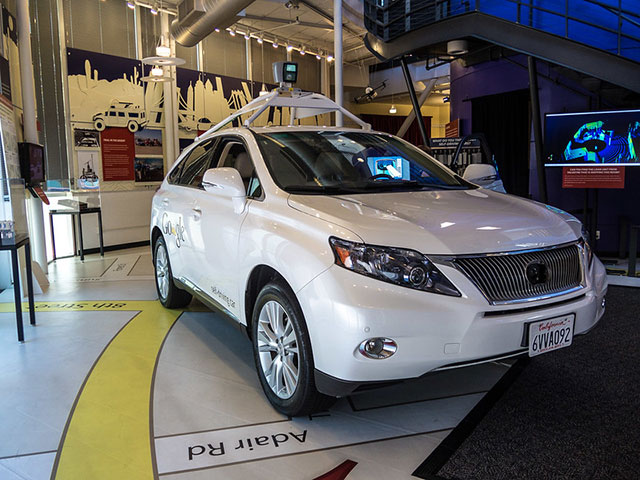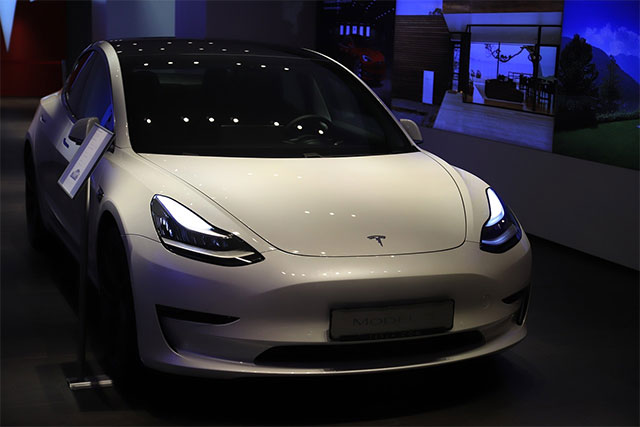The rise of self-driving cars marks a significant milestone in the evolution of transportation technology. With tech giants and car manufacturers alike investing heavily in the development of autonomous vehicles, the notion of sitting back and relaxing while your car navigates the streets is gradually becoming a reality. However, this groundbreaking innovation raises several legitimate questions, chief among which is: how safe are self-driving cars?

Table of Contents
Understanding Autonomous Vehicles
Before delving into the safety of self-driving cars, it is essential to understand what they are and how they operate. Self-driving cars, or autonomous vehicles, are vehicles capable of sensing their environment and operating without human involvement. They employ advanced artificial intelligence, sensors, and algorithms to navigate and control the vehicle, significantly reducing, if not eliminating, human input.
These vehicles are classified into levels ranging from 0 to 5 based on their automation level. Level 0 represents no automation, while Level 5 represents full automation. As of September 2021, most commercially available autonomous vehicles are Level 2 or 3, requiring some level of human oversight.
The Safety Promise of Self-Driving Cars
One of the primary goals of developing self-driving cars is to enhance road safety. According to the National Highway Traffic Safety Administration (NHTSA), 94% of critical pre-crash events are due to human errors. Autonomous vehicles have the potential to significantly reduce this statistic by eliminating human errors caused by factors like distraction, impairment, or poor judgment.
Autonomous vehicles use an array of sensors, including lidar, radar, and cameras, to create a detailed understanding of their surroundings. They can process this information faster and more accurately than humans, allowing them to make split-second decisions to avoid potential accidents. Moreover, autonomous vehicles do not experience fatigue, distraction, or impaired judgment, making them potentially more reliable than human drivers.
Concerns and Challenges
Despite the potential safety benefits, self-driving cars are not without their concerns and challenges. Autonomous vehicles need to be extensively tested in a variety of complex and unpredictable situations. Incidents such as the Uber self-driving car accident in 2018 highlight that there are still safety improvements needed before these vehicles can be considered foolproof. Additionally, there are potential cybersecurity risks, as these cars heavily rely on software to operate.
Moreover, the current technology struggles with certain scenarios that human drivers handle with relative ease. For instance, driving in heavy rain or snow can be challenging for autonomous vehicles due to sensor interference.
Also, they can struggle with understanding nuanced human behavior, like hand signals from a traffic officer or the anticipated behavior of pedestrians, cyclists, and other drivers.
The Regulatory Landscape
Regulatory frameworks play a vital role in ensuring the safety of self-driving cars. These regulations can guide the development, testing, and deployment of autonomous vehicles to minimize risks to public safety.
However, as of 2021, these regulations vary significantly across different countries and even between states within the US, reflecting the nascent and rapidly evolving nature of this technology. California currently allows Level 3 autonomous vehicles without a special experimental permit and more regulations are being proposed.
A Look into The Future
Self-driving cars hold immense promise for improving road safety by eliminating human errors, the leading cause of traffic accidents. However, they are not without their concerns and challenges, some of which are still being addressed by ongoing research and development efforts.
As technology advances and regulatory frameworks evolve, it’s expected that these concerns will be increasingly mitigated. Nevertheless, it is crucial to continue dialogue and research about these issues as we navigate toward a future where self-driving cars become the norm rather than the exception.
The prospect of a future filled with autonomous vehicles is an exciting one, promising not just improved safety but also increased efficiency and convenience. However, as with any significant technological advancement, it’s essential to approach this future thoughtfully.













